The next Avenger on our assembly line is Iron Man. When The Avengers movie began development, Robert Downey, Jr. initially thought Iron Man should be given the main role in the opening sequence, but as the film developed, it became clear that Iron Man needed to be more of a team player to make the movie work. This was a case of life imitating art, replicating the comic book development where Captain America proved the better team leader while Iron Man stepped into a strong supporting role. Initially helping Thor provide muscle for the team, Iron Man gradually took on the broader role of the Avengers’ “hardware supplier,” serving as the team’s financier, landlord, equipment supplier, social connection, and government contact. In the process, he developed dramatically into a more complete character, providing a platform for making the Avengers a more dynamic team on film.
Iron Man’s Early Role
In The Avengers #1, Iron Man initially stumbled into Loki’s scheme accidentally by picking up Rick Jones’ Teen Brigade radio alert about the Hulk’s alleged rampage. Iron Man was curious how his power would match up against Hulk’s:
As he soon learned after helping Ant-Man and Wasp track down the Green Goliath, no one is stronger than Hulk (even before Hulk’s strength had reached current levels):
Fortunately, before Hulk turned Iron Man into scrap metal, Thor revealed Loki’s role, and in the Mighty Marvel Manner, former combatants joined against a common foe:
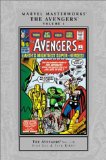
Marvel Masterworks: Avengers, Vol. 1
Thus, Iron Man became an Avenger, initially following the lead of Ant-Man and Wasp.
Later Developments
Ant-Man’s problems establishing an identity left the Avengers with a leadership void. Meanwhile Hulk left the team in issue #2. Iron Man then got suspended in #7 for failing to answer an Avengers call for help in Tales of Suspense #56 because he was too busy engaging in self-indulgence. Finally in #16 Iron Man left the team for personal reasons, along with the other founding members, as Marvel’s editors made the decision to develop these characters in separate strips and introduce new characters in The Avengers. Leadership fell to Captain America, introduced in #4, who was joined by new members such as Hawkeye, Quicksilver, and Scarlet Witch. These formed the nucleus of the new team.
Iron Man, however, continued to play an important supporting role. Periodically aiding and rejoining the team, he continued to finance them, provide their headquarters, and supply equipment. As the back-story surrounding his industrialist alter-ego developed in his own strip, Tony Stark and his father Howard Stark gradually grew into billionaire inventor figures modeled on Howard Hughes, straddling the border between Wall Street and the espionage world. Like a more deeply conflicted version of Bruce Wayne, Stark began to assume a role similar to that Oliver Queen later filled for the Justice League on Smallville, where Queen’s billionaire assets helped counter those wielded by Lex Luthor. Corrupt corporate rivals Justin Hammer and Obadiah Stane served as Stark’s Luthor. This development overlapped with Avengers storylines featuring conflicts with Stark’s corporate enemies and allied shadow government forces within S.H.I.E.L.D. and the NSA.
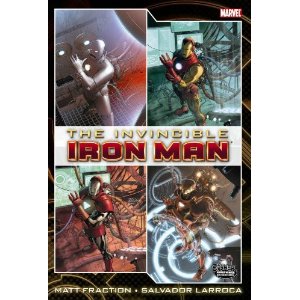
Invincible Iron Man Omnibus, Vol. 1
Iron Man in Film
This interpretation of Iron Man as rake turned reluctant hero is the one that has been developed in multimedia adaptations of Iron Man and made its way into the movies. The short 1966 Iron Man segments of The Marvel Super Heroes cartoon did not have time or inclination to develop Tony Stark’s character much, focusing more on battle scenes.
In contrast, the Iron Man cartoon that aired from 1994 to 1996 portrayed Stark as a James Bond type of hero who mixed self-sacrificial nobility with spoiled self-indulgence. In this incarnation, Stark alienated his best friend and carried on romantic relationships with several superheroines simultaneously when he wasn’t saving the world from the Mandarin and M.O.D.O.K.
Robert Downey, Jr. has captured this side of Iron Man’s character and given it a definitive stamp. Downey, a seasoned comic actor since his early Saturday Night Live stint, has given Stark a sense of humor that expands and deepens the personality of the original character. Downey’s Stark can range from arrogantly sarcastic to charmingly witty to resolutely heroic, with an undercurrent of restrained romanticism befitting Stark’s aversion to commitment. This complex characterization helps provide a foundation for developing the Avengers as a drama-driven team held together more by conflict than cooperation. In this way Iron Man supplies not only the physical hardware but also the dramatic platform that makes the Avengers Earth’s Mightiest Heroes.
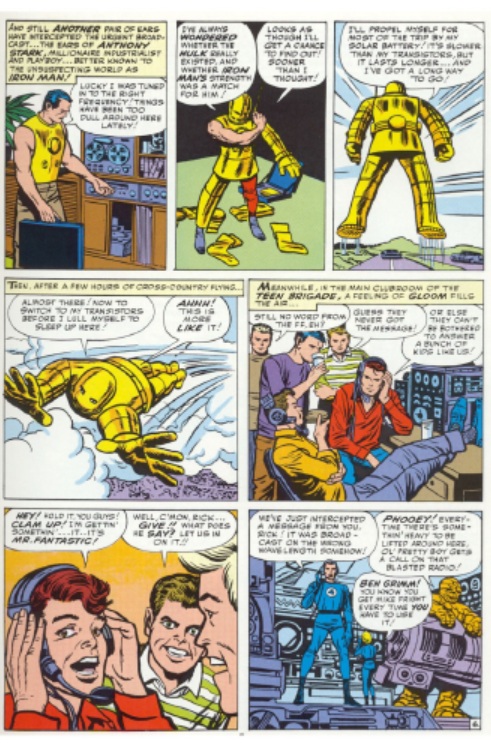
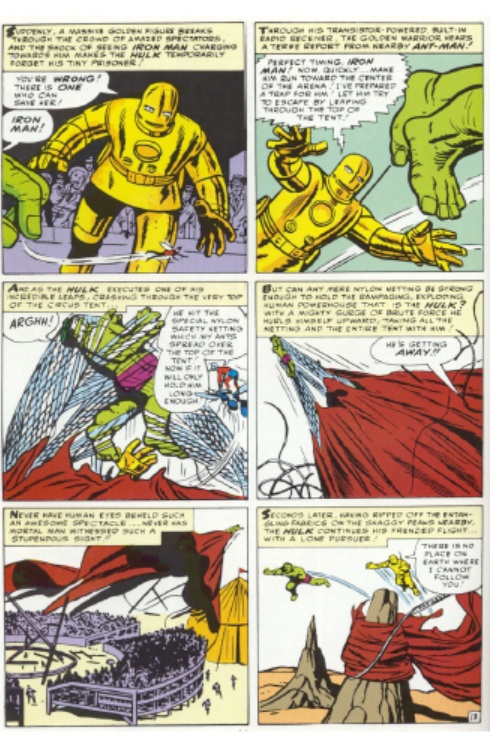
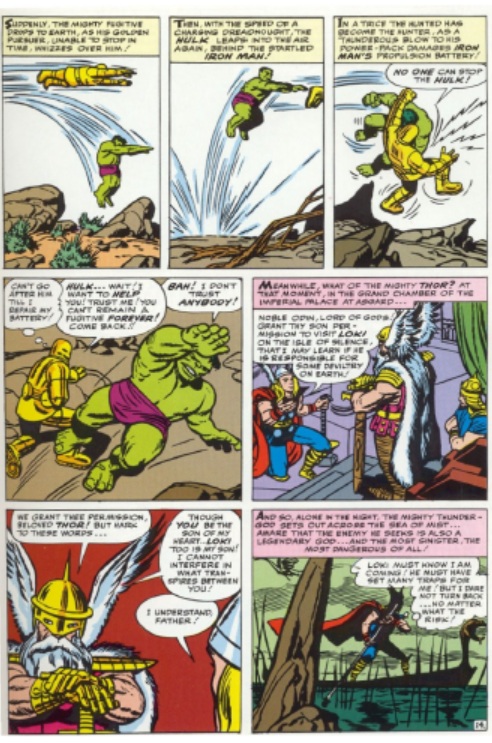

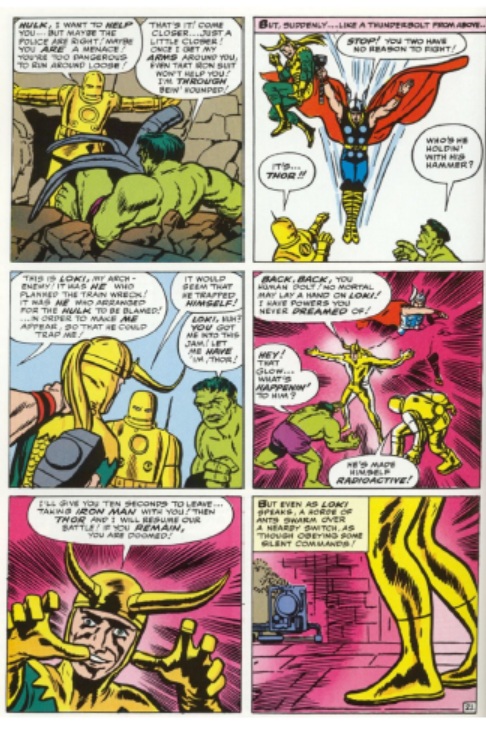
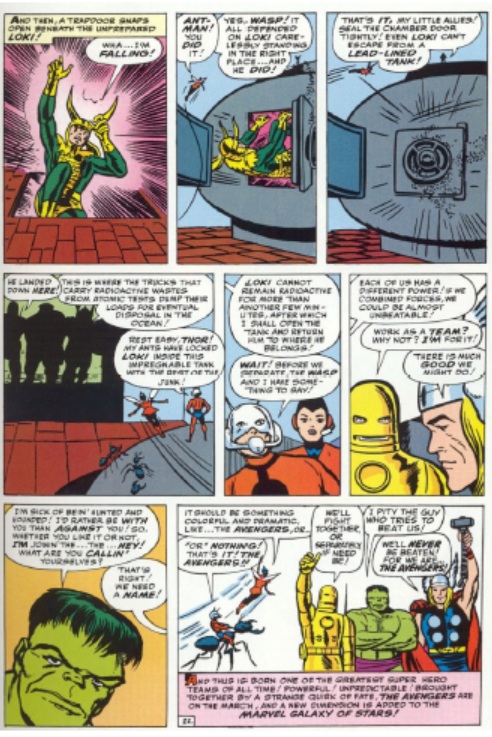
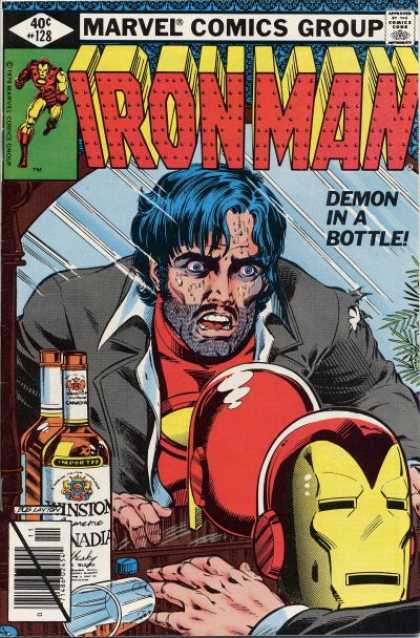
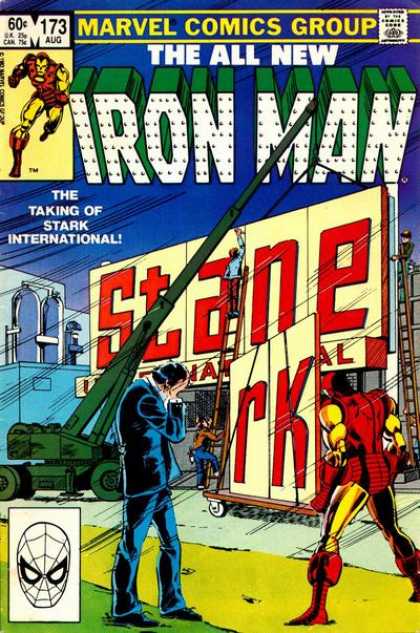
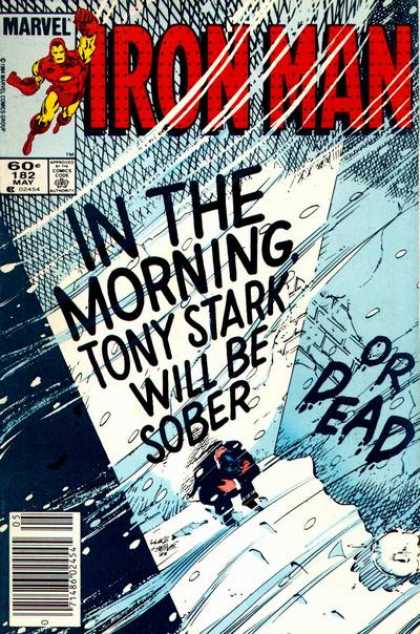
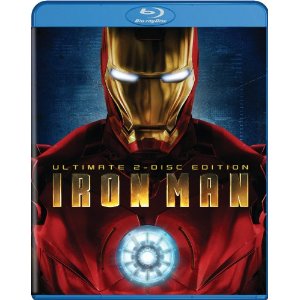
For this great comic book mag I ‘m all for the Mike Grell depiction of a hero from our yesterday era.Not so long ago and some time gone by us. Too long maybe. I think Mike Grell can handle this longing all so professionally fine and well done.
Mike Grell is great! I’ve liked his work since his early stuff on Superboy and the Legion of Superheroes and Warlord, and his art kept improving.